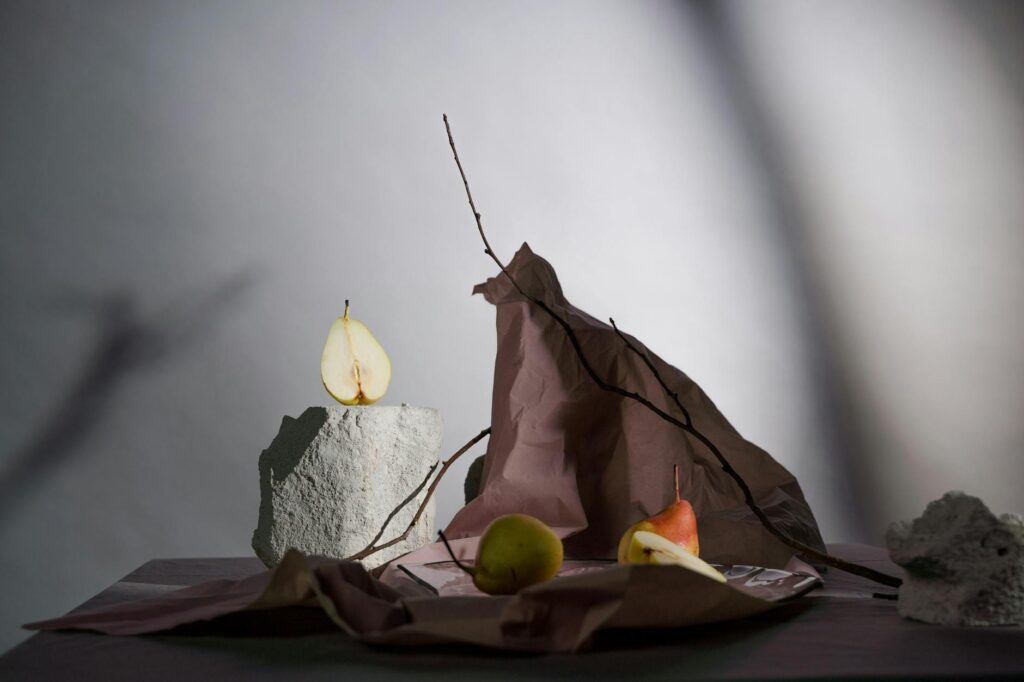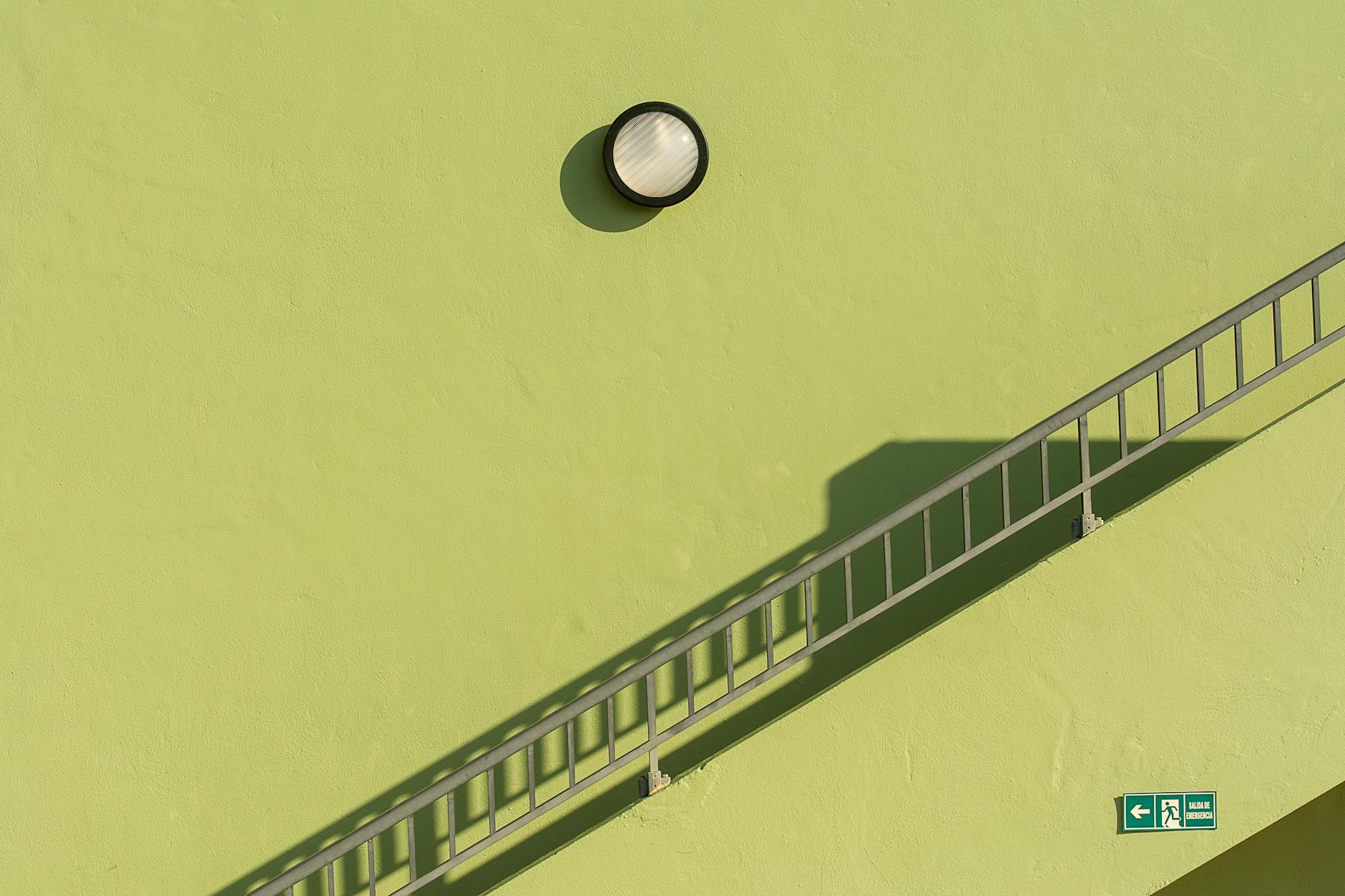Interior design is more than just aesthetics; it’s about creating a space that reflects your personality and enhances your lifestyle. While trends come and go, certain fundamental elements remain crucial for achieving a truly impactful and functional interior. Let’s explore the seven elements that truly matter.
Space Planning: The Foundation of Good Design
Before even thinking about paint colors or furniture, you need a solid plan. Effective space planning involves understanding the flow of your home, optimizing traffic patterns, and maximizing the use of every square foot. This might involve rearranging existing furniture or considering structural changes. Think about how you actually live and move within your space – this is key to efficient design. 
Light: Setting the Mood and Functionality
Lighting is transformative. It sets the mood, highlights architectural details, and impacts your overall well-being. A well-designed lighting plan incorporates a layered approach using ambient, task, and accent lighting. Learn more about creating the perfect lighting scheme in our dedicated guide. Consider natural light sources, too; maximizing these can significantly reduce the need for artificial lighting and create a more open and inviting space. 
Color: Evolving Your Space’s Personality
Color psychology plays a significant role. Different colors evoke different emotions and can dramatically alter the feel of a room. Understanding color theory—including complementary colors, analogous colors, and the color wheel—can help you create a harmonious and balanced palette. Explore this resource on color psychology to discover how colors can impact your mood. Don’t be afraid to experiment, but remember that a cohesive color scheme is vital for visual appeal. 
Materiality: Choosing the Right Textures
The textures of your materials contribute hugely to the overall ambiance. Mixing different textures—rough with smooth, natural with synthetic—adds depth and visual interest. Consider the tactile qualities of your chosen materials; how do they feel? The interplay of texture adds another layer of richness to your design. Read our article on choosing sustainable materials for a more environmentally conscious approach.
Scale and Proportion: Achieving Balance
The size and proportions of your furniture and decor relative to the room’s dimensions are crucial. Oversized furniture in a small room can feel cramped, while undersized furniture can make a large space feel empty. Consider using a digital room planner to experiment with different arrangements before making any purchases. [IMAGE_4_HERE]
Pattern: Adding Visual Interest
Pattern adds visual interest and personality to a space. Whether it’s stripes, florals, or geometric prints, patterns can be used to create focal points or tie elements together. However, it’s important to use patterns sparingly and to balance them with simpler elements to avoid overwhelming the space. Learn about effective pattern mixing techniques to achieve a visually appealing outcome.
Furniture: Functionality and Aesthetics
Furniture is more than just something to sit on; it’s a key element that dictates functionality and comfort. Choose pieces that meet your specific needs and reflect your personal style. Consider both form and function—a beautiful piece that is also practical is ideal. [IMAGE_5_HERE]
By carefully considering these seven elements, you can create a space that is not only beautiful but also functional, comfortable, and truly reflective of you. Remember, good design is about creating a space that works for you and enhances your daily life.
Frequently Asked Questions
What is the most important element of interior design? While all elements are important, space planning is arguably the most fundamental as it sets the stage for everything else.
How can I learn more about color theory? There are many online resources and books dedicated to color theory. Exploring this website is a good starting point.
How can I make my small space feel bigger? Using light colors, mirrors, and strategically placed furniture can make a small space feel more open and spacious.
What is the difference between ambient, task, and accent lighting? Ambient lighting provides overall illumination, task lighting illuminates specific work areas, and accent lighting highlights architectural features or artwork.





